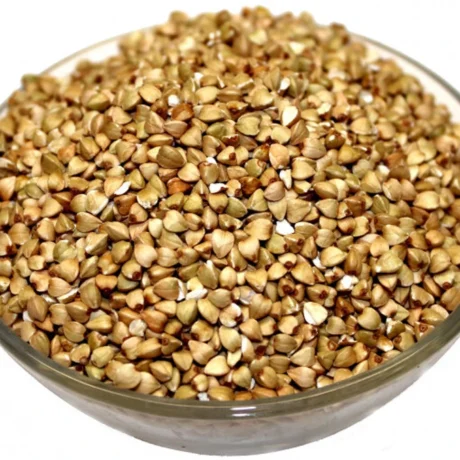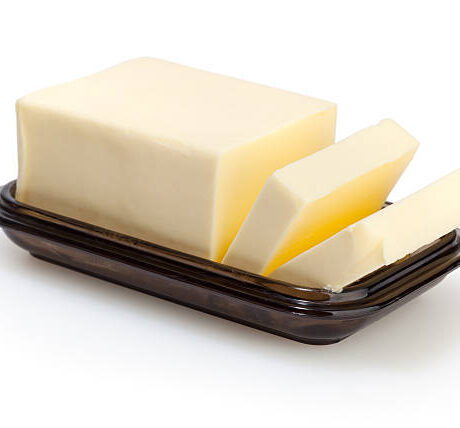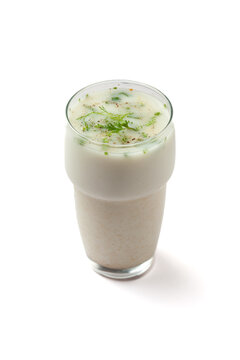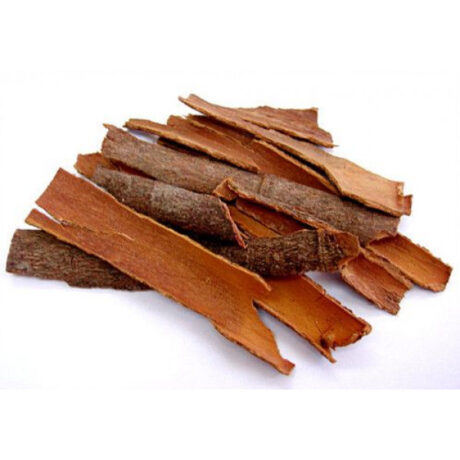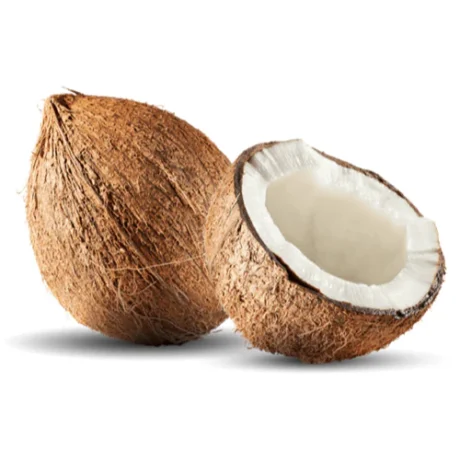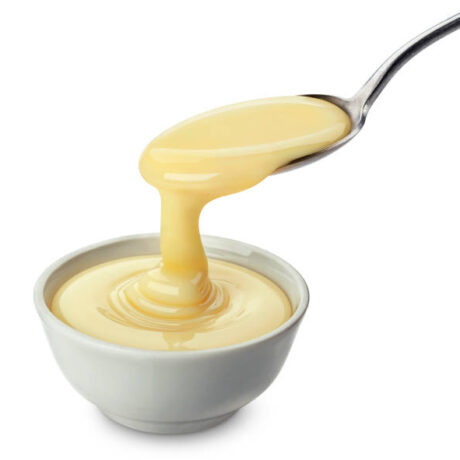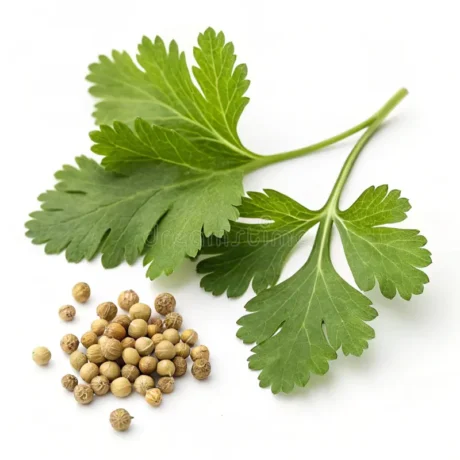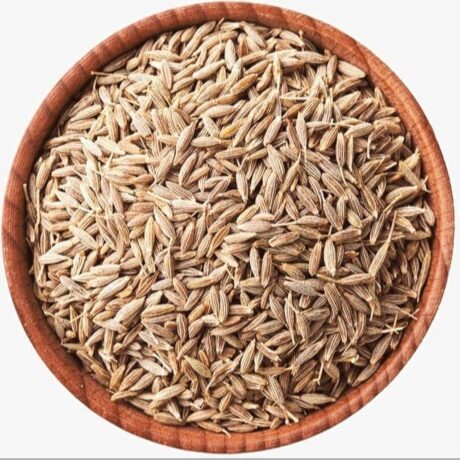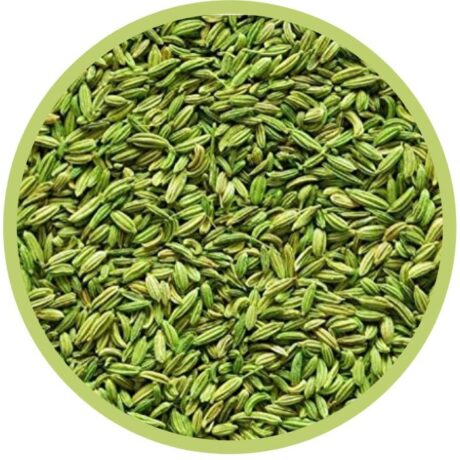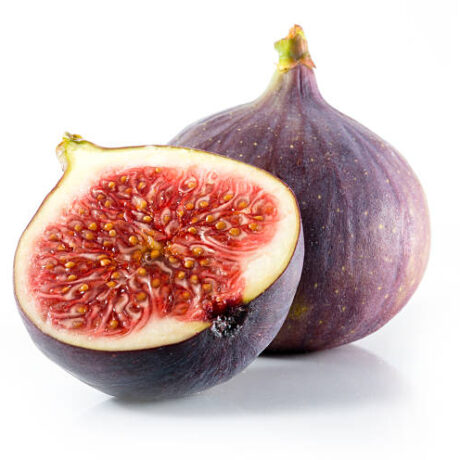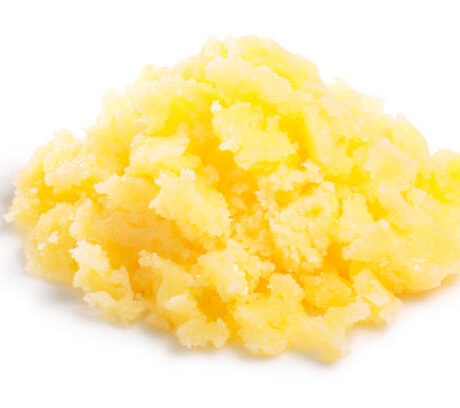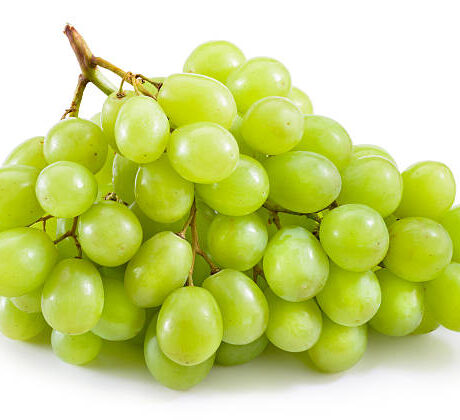Fig (Ficus carica) is a soft, sweet fruit with a chewy texture and tiny edible seeds, highly valued for its taste and medicinal properties. Native to the Middle East and Western Asia, figs have been cultivated since ancient times and are enjoyed both fresh and dried.
Key Features of Figs:
✅ Varieties – Black Mission, Kadota, Brown Turkey, Adriatic, and more
✅ Rich in Nutrients – High in dietary fiber, calcium, potassium, iron, and antioxidants
✅ Uses – Eaten fresh or dried, used in sweets, jams, salads, baked goods, and health tonics
✅ Health Benefits – Supports bone health, digestion, and may help regulate blood sugar levels
Fig (Ficus carica) is a soft, sweet fruit with a chewy texture and tiny edible seeds, highly valued for its taste and medicinal properties. Native to the Middle East and Western Asia, figs have been cultivated since ancient times and are enjoyed both fresh and dried.
Key Features of Figs:
✅ Varieties – Black Mission, Kadota, Brown Turkey, Adriatic, and more
✅ Rich in Nutrients – High in dietary fiber, calcium, potassium, iron, and antioxidants
✅ Uses – Eaten fresh or dried, used in sweets, jams, salads, baked goods, and health tonics
✅ Health Benefits – Supports bone health, digestion, and may help regulate blood sugar levels
